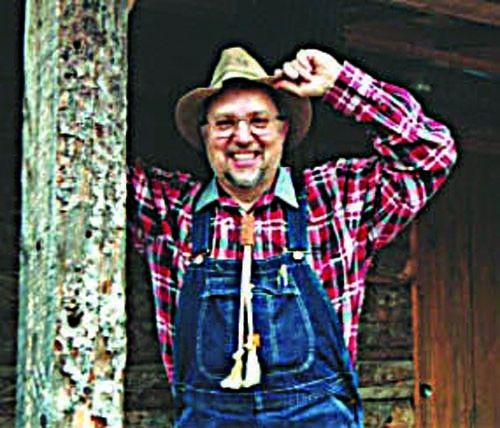Years ago when I was living in Salina, a friend suggested we look – for the fun of it – at a lovely Spanish colonial home for sale in a neighborhood near the country club. As we drove away I said it was all a lush fantasy; I couldn’t imagine spending $35,000 for a house.
Fifty years later the going rate for a lot can be $25,000 to $45,000. The house is extra. Such is the way of time and advanced banking. For the rural economy to grow, a population must find a place in it to live and to work.
As communities reawaken after covid, parts of rural Kansas deal with a growing demand for housing, a stifling shortage of lumber, slim ranks of construction labor, and lenders reluctant to invest. A recent story from Kansas News Service focused on a development in Hays with three dozen new homes, the first in years to be built for sale at $225,000 or less. This is welcome news in Hays, pop. 21,000, which has been hobbled for nearly a year with an undersupply of affordable housing.
Across America, the housing market has come under increasing stress, aggravated by impossibly low mortgage rates and a housing deficit now estimated at four million homes short of demand.
In Hays and other rural regions, shortages of lumber, labor and lending can put the cost of building affordable homes out of limits for developers and beyond the reach of buyers. On the Kansas plains, dollars are scarce and life with them is spare compared with the elevated economies in well-heeled markets; $225,000 is about half the price of a middle class dwelling in, say, Johnson County. It wouldn’t buy a garage in Boulder. In San Diego County, it might buy half of one in Pacific Beach. That $35,000 mansion in Salina is a memory.
*
Lenders in rural markets have little access to Wall Street. They are skittish after the recession incubated ten years ago with dodgy derivatives trading and piles of flimsy mortgage-backed securities. Thus, loans are hard to secure and often come with tighter strictures and higher rates.
And there is our shortage of skilled construction workers. They can afford to live in the metropolitan areas with ready demands for their talent. Out in the rural spaces, carpenters are up against the same lack of affordable housing that they would be hired to relieve. It’s asking a lot for them to move there.
Robert Dietz, chief economist with the National Association of Home Builders, told Kansas News Service that recent increases in lumber prices have nearly eliminated the margin in building an affordable home in this area. He said lumber costs have tripled this year, adding about $36,000 to the price of a “typical” single-family home.
Appliances are in short supply. Our trade wars – Canadian lumber tariffs, spats with Asian exporters and European manufacturers – have hampered, if not choked, the flow of durable goods and raw materials.
Although home prices may be low in rural markets, the cost to build them is not. In fact, it’s often higher. Materials, for example, can be hard to haul into remote towns. This, combined with lower rural wages, can incubate a kind of inverse deflation. A home may cost $225,000 to build, but the local market may appraise it at $180,000.
*
Lindsborg, pop. 3,500, is by any measure a rural town. But it sits within shouting distance of Salina and McPherson, larger energetic cities with vigorous local economies. An accelerating demand for affordable housing sparked plans for a 43-acre, 140-lot development in northeast Lindsborg called Stockholm Estates. The City a year ago created a Rural Housing Incentive District to help finance infrastructure construction. The first phase, 50 lots, is under construction, one of three tracts approved for housing tax incentives by the Kansas Department of Commerce.
Stockholm Estates is led by Derrick Lee, former manager of the Long-McArthur Ford dealership in Salina. The streets of Phase I are paved, the utilities in place and dwellings are going up at prices from $150,000 to more than $200,000, depending on what’s built and where. City hall reports that 18 units – two single family homes and eight duplexes, are underway there. More starts are expected in the next three months, according to the report.
Foresight brought this change. Officials have long planned ahead, fortified the municipal infrastructure, its water and sewer systems, its power grid, its streets and even recreation networks, its financing – all ready for growth.
Lindsborg is prepared for new families. Its energy brings hope for Hays and other places of the plains, even our big sisters, Salina and McPherson.



